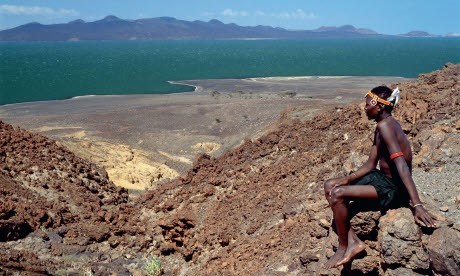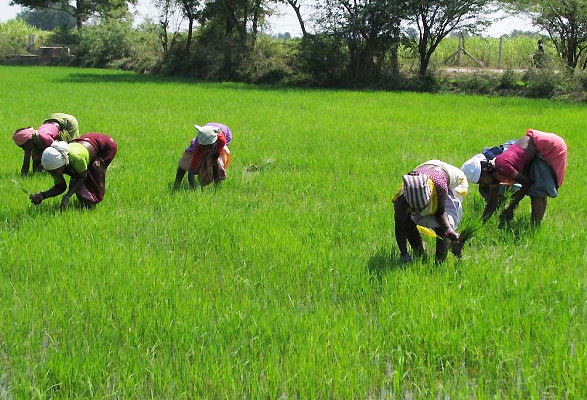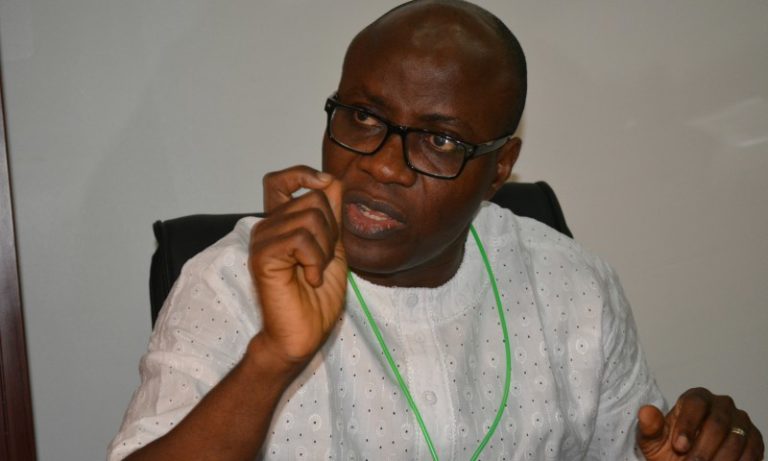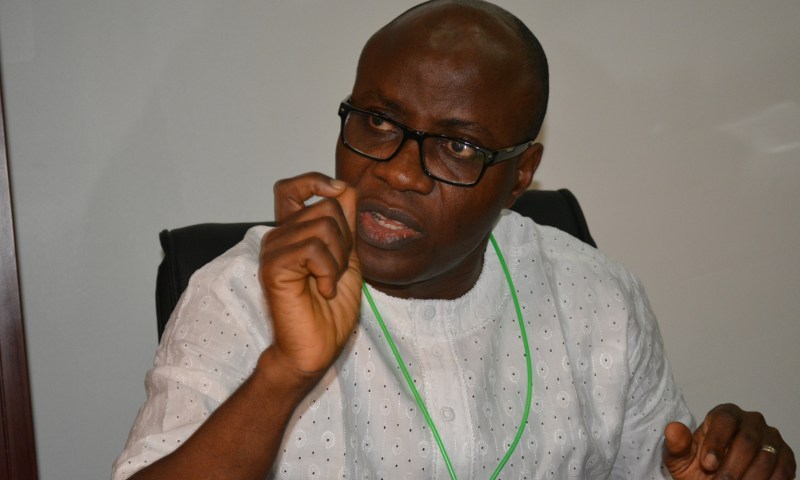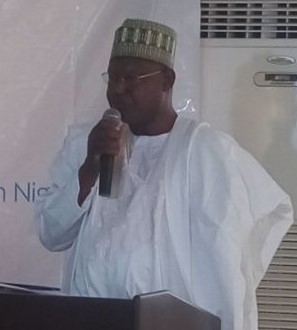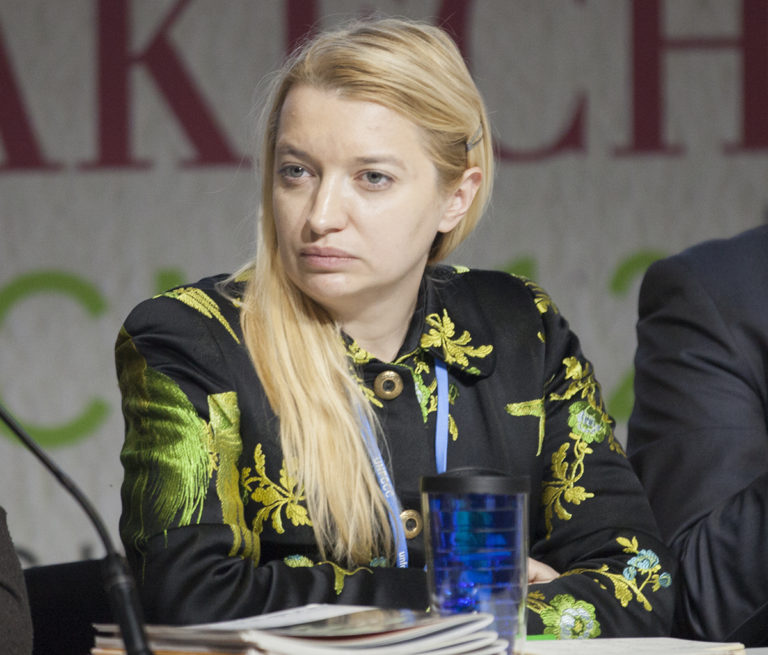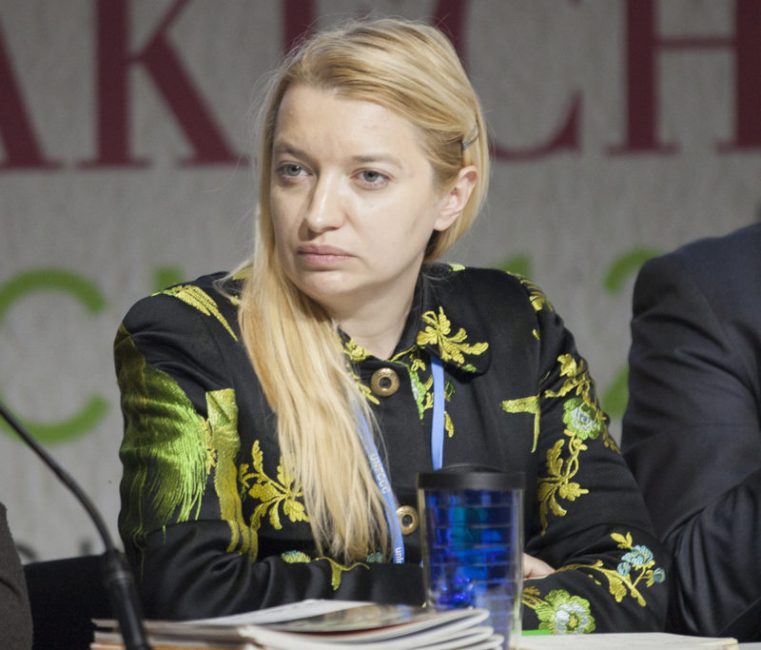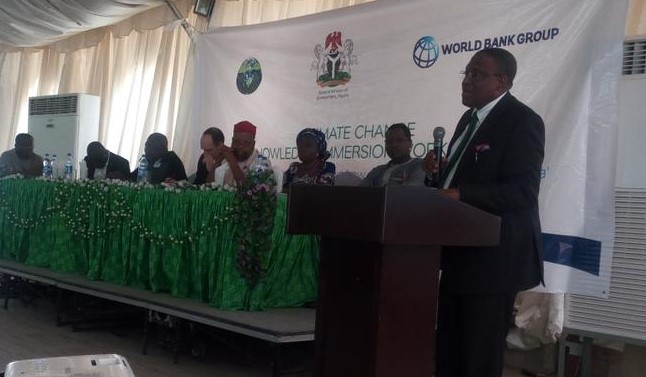As part of the blog series on IUCN’s “WISE-UP to Climate” project, project partner, BC3 (Basque Centre for Climate Change) research economist, Laetitia Pettinotti, writes on her experience in Ghana

Last September the “WISE-UP to Climate” team visited the dry Northern region of Ghana, destination: the communities of Arigu, Bisigu, and Pwalugu which line the White Volta River. It was my second trip there, after a first scoping and data collection mission for the project back in May 2015.
My role as a BC3 research economist was to collect qualitative and quantitative data on the benefits local communities receive from nature, or from “ecosystem services”. My research focused on two key questions:
- ‘To what extent are riparian communities reliant on the White Volta river and
- What kinds of households (rich, middle or poor) are most dependent on livelihood activities reliant on the river flow?’
As a new dam is planned for the region, the WISE-UP project is compiling information on the different services nature provides to local communities living in the area. Although much information is available on what engineered infrastructure, such as the planned dam, can provide in terms of services – such as flood protection, energy production, and irrigation – much less information is available on the services already being delivered by nature such as the Pwalugu floodplain (for example through seasonal flooding of the river).
To sustain their livelihoods, the Pwalugu communities engage in activities that depend on the floodplain such as flood recession farming, fishing in riparian ponds, irrigated farming and water collection as well as livestock grazing during dry season. Since the dam will alter the flow of the river, it will modify the extent and timing of the flood and hence the capacity of the floodplain to support these livelihood activities.
This brings me to my work, building an evidence base for these less-well-covered natural services. Poor information on ecosystem services stems not only from nature having no voice, but from the complexity in collecting and understanding the data. How do we best qualify and quantify the current benefits of ponds/wetlands/floodplains over a year vis-à-vis the specific operations of a dam and the mechanics that control water levels downstream?
The answer lies in interdisciplinarity – bringing hydrologists and economists together. To get the bigger picture on economic benefits provided by the floodplain, first an understanding of the biophysical landscape is needed to see what ecosystem services are available to communities. This enables a more comprehensive picture of how the river flow supports sustainable livelihoods of riparian communities.
So, how did we do this?
To better understand the hydrology of the area we mapped the surface of the flooded area in hectares associated to the river discharge for each month of the year. This is the work undertaken by Marloes Mul, senior researcher and hydrologist at the International Water Management Institute (IWMI).
To determine the economic benefits derived from river flow, we explored when during the year the communities carry out activities on the floodplain and what quantity of output produced they get from each activity as well as the market price of these outputs. This is the work I carried out.
Marloes and I worked together at each research stage. First, we set about collecting qualitative data using participatory exercises with several focus groups in the villages (picture left). These exercises, first described by the World Bank in the 1990s are now part of the standard tool box to facilitate information sharing when working with communities. Based on this qualitative information I gathered quantitative data via a number of household questionnaires, while Marloes mapped out the area and collected data on river discharge.
After analysis of the household questionnaire, we were able to place economic figures on the outputs derived by the communities from the floodplain. Then, we associated the economic values to the river discharge and flooded area for each month of the year. That way, we were able to develop a clear picture of when the river flow enables the production of the biophysical benefits. Based on discussion with the communities, we were then able to determine when these benefits are retrieved by the communities and how much they are worth – when are crops harvested for example. We are now in the process of designing graphics to help visualise this information to make it more accessible and communicable.
How can this information be used? What does it tell us? We now know quantitatively how much (in $ value) the communities are getting from the river flow and at what time of the year. So we are able to also evaluate how much would be lost if the dam is operated in such a way that would reduce downstream flow and impact livelihoods dependent on the natural seasonal flooding of the river.
We have shared these results in Action Learning meetings under the WISE-UP project and will continue to interact with basin stakeholders at the next meetings in April to fine-tune the research and analysis. This is WISE-UP’s work and strength – interdisciplinary research that opens up new avenues for dialogue on water resources management in the context of future uncertainty and climate change. It enables us to shed light on these unaccounted-for natural benefits that often do not feature in assessment plans for engineered infrastructure, but once lost, may cripple social economies and livelihoods.



